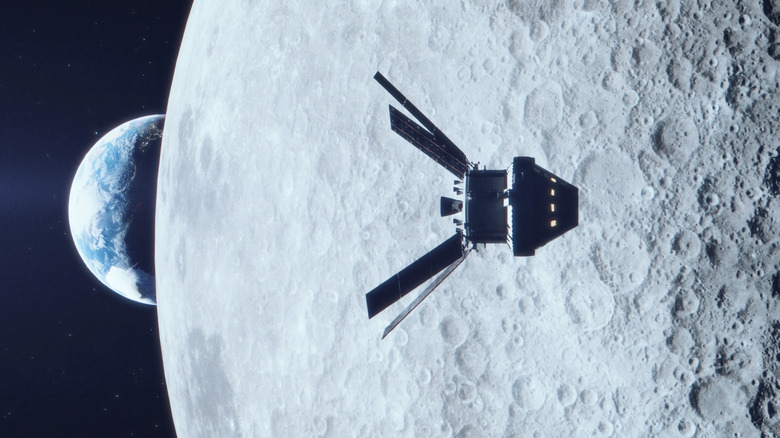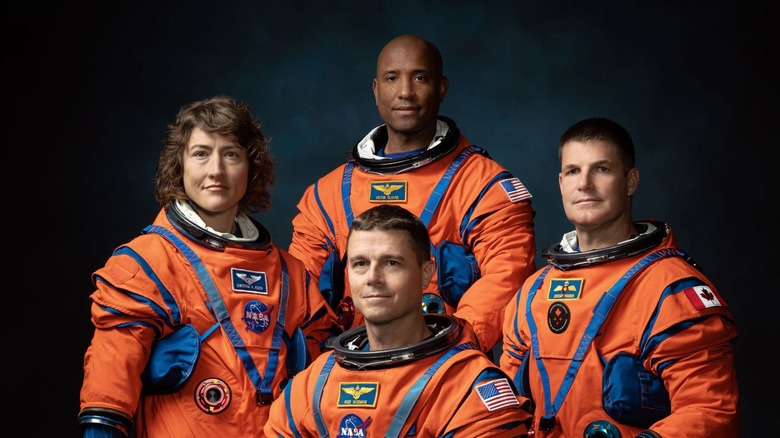NASA Is Conducting A Lunar Mission Over 50 Years Since Its Last One (Here's Why)
NASA has reinvigorated the race to put man on the Moon, nearly half a century after its historic Apollo missions. The agency announced that the spacecraft set to ferry a crew of four around the Moon has been named Integrity, and the mission is eyeing a launch in February next year. The agency is targeting a lift-off on February 5, though the exact date might vary. Lakiesha Hawkins, acting deputy associate administrator for NASA's Exploration Systems Development Mission Directorate (ESDMD), mentioned during a press conference that the safety of the crew is a top priority at the agency, but added it is making preparations to hit its intended lift-off target.
The mission is expected to be a monumental feat. "We together have a front row seat to history. We're returning to the moon after over 50 years," said Hawkins. The first stage of the Artemis program, which concluded in 2022, marked the first flight test of NASA's Deep Space Exploration Systems: the Orion spacecraft and the massive Space Launch System (SLS) rocket. It was an uncrewed mission, but with the Artemis II mission, four astronauts will embark on a journey around the Moon. The overarching goal of the second stage is to prove that the exploration system is ready to take humans to the Moon, Mars, and beyond for deep manned exploration. "Their mission will be to confirm all of the spacecraft's systems operate as designed with crew aboard in the actual environment of deep space," says the agency
The mission objectives for Artemis II
NASA wants to take the lead for the U.S. bringing man back to the Moon. The mission is not just about scientific discoveries, but also to explore opportunities for economic returns, such as mining operations. The overarching goal is to put man back on Earth's sole natural satellite and establish a long-term presence by eventually building a lunar base. As far as the Artemis II phase goes, it will predominantly test the flight systems on a trip around the Moon. Notably, the mission will also carry a bunch of scientific experiments, and the astronauts will focus on studying the health impact of space travel, especially with long-term deep-space exploration plans being eyed for the future.
Broadly, the Artemis II will cover seven research areas, and based on the findings, NASA will accordingly adjust the safety protocols and make the necessary engineering-associated changes for future missions. The Artemis Research for Crew Health and Readiness (ARCHeR) research, for example, will study the impact of space travel on human cognitive capabilities, sleep, and stress for the first time during lunar missions. Saliva and blood analysis will also be conducted to study how the human immune system reacts to radiation and isolation during deep space missions. Scientists will also test AVATAR, an organ-on-a-chip system that is roughly the size of a thumb drive and simulates the human bone marrow environment. This will also help assess the impact of extreme radiation and microgravity on the human body, and prove whether such artificial stand-ins can be used for future research.

